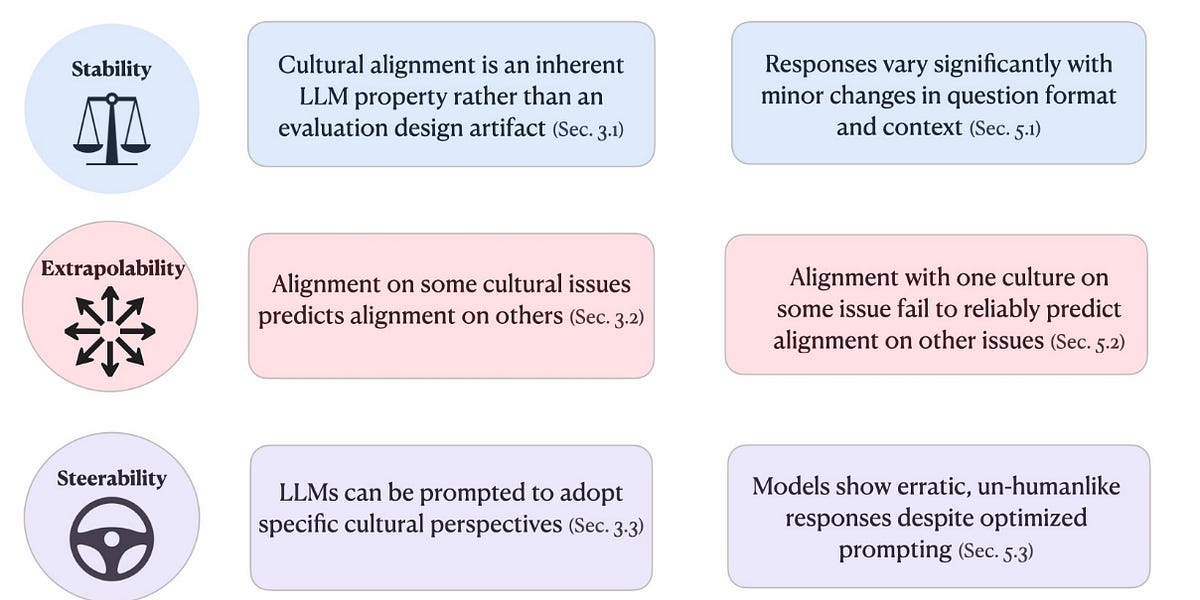I’ve always had a tendency to open things. Radios, computers, broken devices. I wasn’t trying to fix them — I wanted to see how they worked. Networks were the same. There was a group of whole different worlds existing in the wires.They were invisible systems with logic and life, and I wanted to see inside them.
Later, that became a job.
I’ve been in tech for nearly 14 years. The first six, I worked as a network and systems administrator. I was responsible for hundreds of computers, racks of servers, UPS rooms, DAT backups, printers, IoT devices — an entire digital ecosystem. I had scripts that managed machines remotely, pushed updates, restructured services, and cleaned up user messes. At my fingertips, I had the power to control it all. And that felt like superpowers.
But networks never stopped being mysterious. Even when you’re the one in control, there’s still so much that hides.
A few years later, I took it further. I worked on a company building a full-stack security product — a next-gen firewall built from scratch, with cloud control and deep OpenBSD internals. I worked with PF rules, VPNs, DHCP relays, and met Bro (now Zeek), which changed how I understood deep packet inspection forever.
Around that same time, I attempted the OSCP. It was before cameras, before ChatGPT, before the friction was softened. I missed the passing mark by 5 points — not because of technical limits, but because I didn’t care to finish the reporting. And soon after, I became a father. Overnight exam sessions became impossible. I haven’t finished the certification yet, but I will. The door’s still open.
But the exam gave me something else: the habit of recon.
I explored HackTheBox and VulnHub boxes. I poked around unfamiliar networks. I did everything manually at first — and it cost me time. That’s when I began thinking: what if the recon itself was a tool? Something that could sweep, collect, observe, and let me focus on decision-making instead of just scanning?
That’s the origin of reconYa. But the roots go deeper.
Even as a child, I used to scan random IPs just to see what would reply. A printer, an FTP server, a strange embedded OS. I never knew what I’d find — but something always responded. And it felt like touching another layer of reality.
Over time, this became a quiet obsession. Not to control. Not to exploit. But to understand. reconYa grew out of that instinct.
It isn’t just a scanner. It’s a passage.
A small, silent agent that explores your network — starts at home, maps out what’s alive, what’s changed, what’s gone. It evaluates hosts, builds a topology, leaves you with clarity. No cloud dashboards. No third-party analytics. Just your world, rendered cleanly.
And it’s more than just code for me.
It’s everything I’ve loved stitched together:
- The curiosity that pulled apart radios.
- The satisfaction of seeing a clean network map.
- The sci-fi aesthetic of Matrix consoles, JARVIS overlays, Westworld control panels.
- The feeling of looking through the screen, not at it.
reconYa is not just a tool for defense. It’s not just for work. It’s a lens I built to keep exploring the unseen.
reconYa is written in Go, which I’m still learning as I build it. The binary runs as a service that serves both the UI and a background scanning job. That job performs regular ping sweeps using multiple methods — e.g. ICMP or TCP with and without DNS resolution — and then launches targeted portscans on responsive hosts.
The results are rendered in a minimal, matrix-style interface — quiet, immediate, and expressive.
The plan is to evolve reconYa into a fully autonomous agent:
- Continuously adapting its scanning behavior
- Learning from the network’s shape and rhythm
- Detecting anomalies
- Mapping services as they appear and evolve
It starts with curiosity. And it moves like water — into the cracks of whatever the network is willing to reveal.
reconYa is source-available and actively developed.
You can explore, contribute, or follow the discussion here:
No signups required. Everything is public.
.png)




